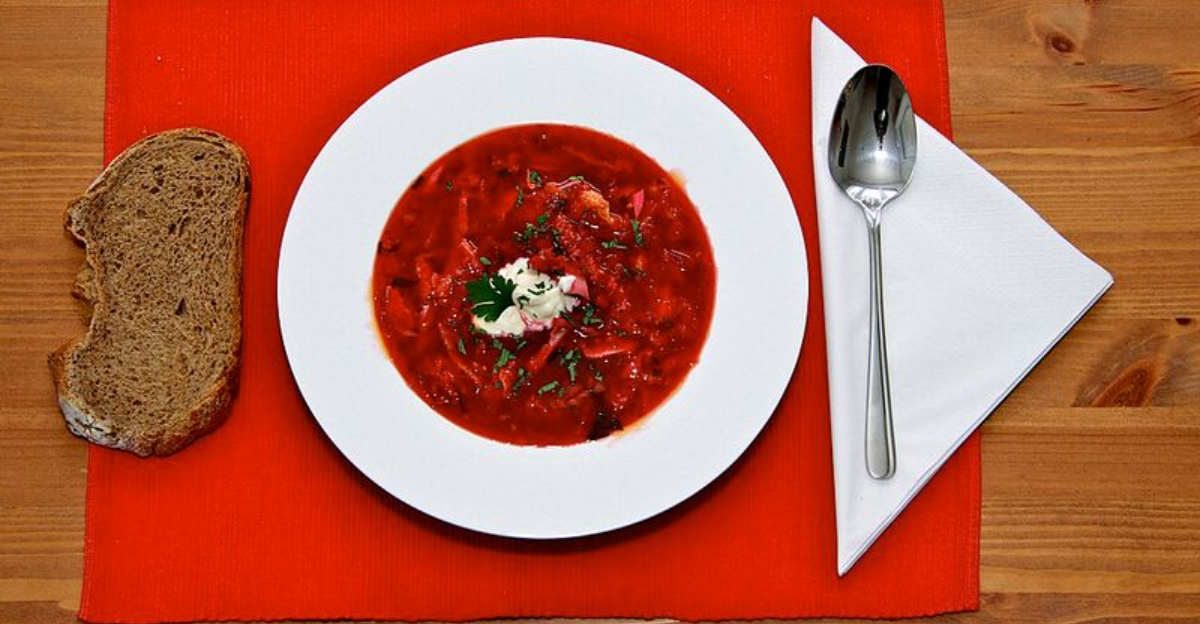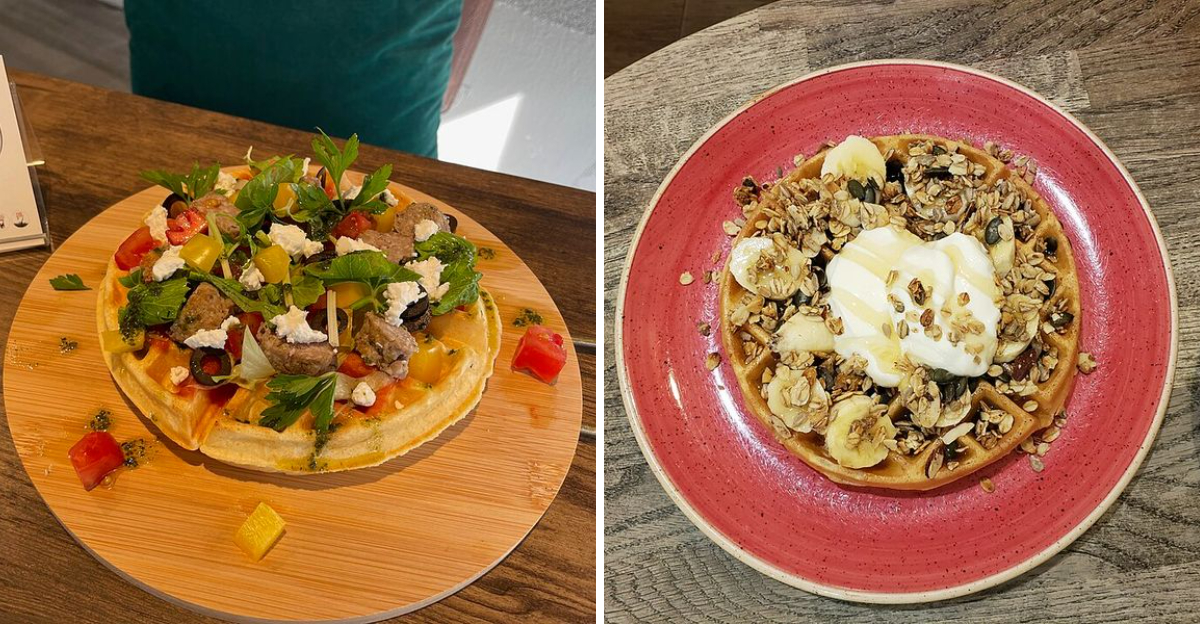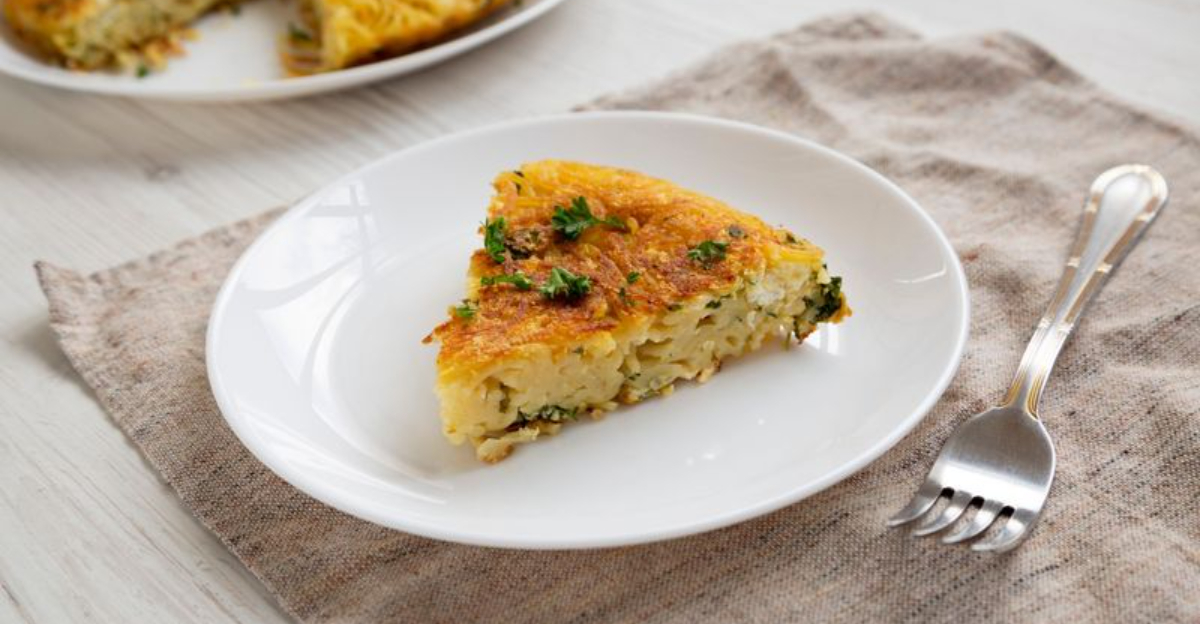14 Common Slow-Cooker Mistakes That Ruin Your Meals
Slow-cookers promise delicious, hands-off meals that practically cook themselves while you go about your day.
But even with this convenient kitchen gadget, small mistakes can transform your dream dinner into a disappointing disaster.
Learning what not to do is just as important as following recipes correctly. Get ready to discover the most common slow-cooker slip-ups and how to avoid them for perfect results every time.
1. Overfilling The Crock

Packing your slow-cooker like a suitcase before vacation might seem efficient, but it actually backfires. When you fill the crock past the two-thirds mark, heat can’t circulate properly around your food.
Everything ends up cooking unevenly, with some parts undercooked while others turn mushy. Plus, liquids might bubble over and create a mess on your counter that nobody wants to clean up later.
2. Using Too Much Liquid
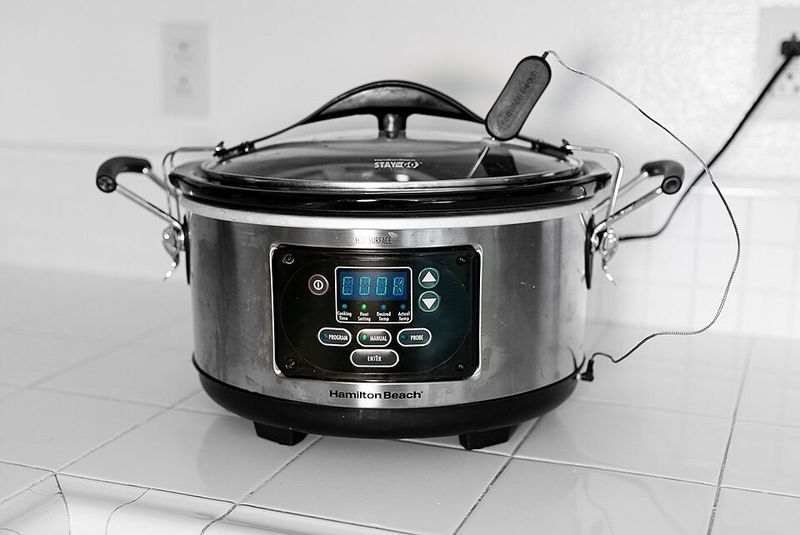
Your slow-cooker isn’t a swimming pool, so don’t treat it like one. Unlike stovetop cooking where liquid evaporates quickly, slow-cookers trap moisture inside with that tight-fitting lid.
Adding too much liquid dilutes flavors and leaves you with watery, bland meals instead of rich, concentrated sauces. Cut recipe liquids by about half compared to traditional cooking methods for the best results.
3. Lifting The Lid Too Often

Curiosity might have killed the cat, but it definitely kills your cooking time. Every peek under the lid releases heat and adds 15 to 20 minutes to your total cooking time.
That built-up steam and consistent temperature are what make slow-cooking work its magic. Resist the urge to check on your meal constantly, and trust the process instead of sabotaging your dinner schedule.
4. Cooking Meat Without Browning
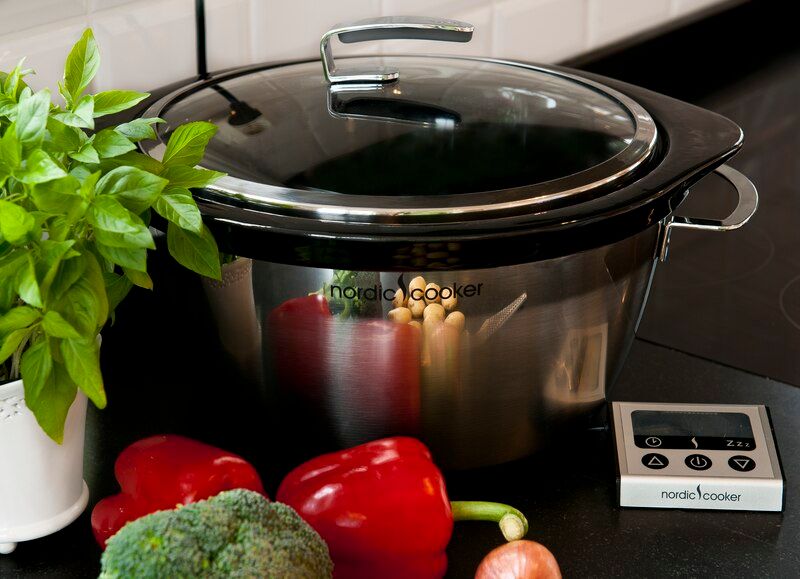
Skipping the browning step might save you ten minutes, but you’ll lose hours of flavor development. Searing meat creates a caramelized crust through the Maillard reaction, which adds depth and complexity to your dish.
Without browning, meat can taste flat and one-dimensional. Taking that extra time to brown your protein in a hot skillet before slow-cooking pays off with restaurant-quality results.
5. Adding Dairy Too Early
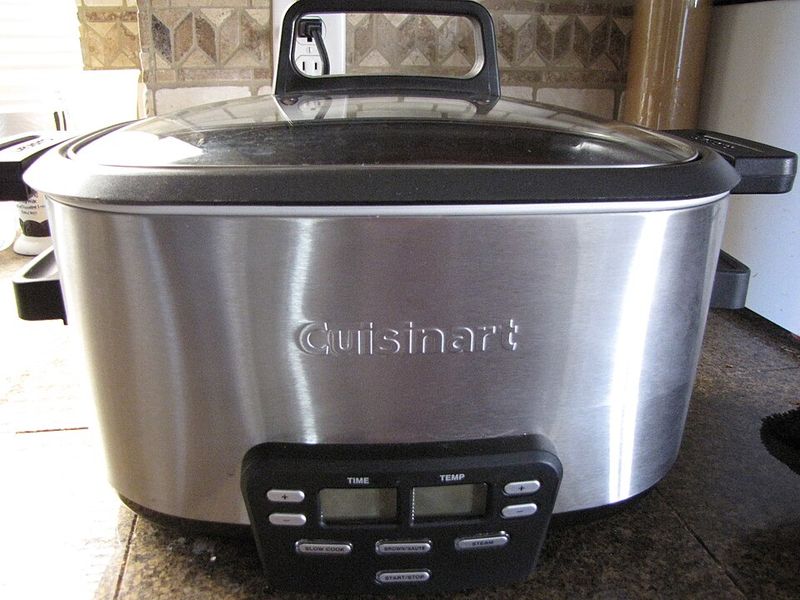
Milk, cream, and cheese don’t appreciate long, slow heat any more than you’d enjoy a six-hour sauna session. Extended cooking causes dairy products to curdle, separate, and turn grainy instead of staying smooth and creamy.
Save yourself from a broken sauce disaster by stirring in dairy during the final 30 minutes of cooking. Your taste buds will thank you for the silky texture.
6. Using Too Many Herbs
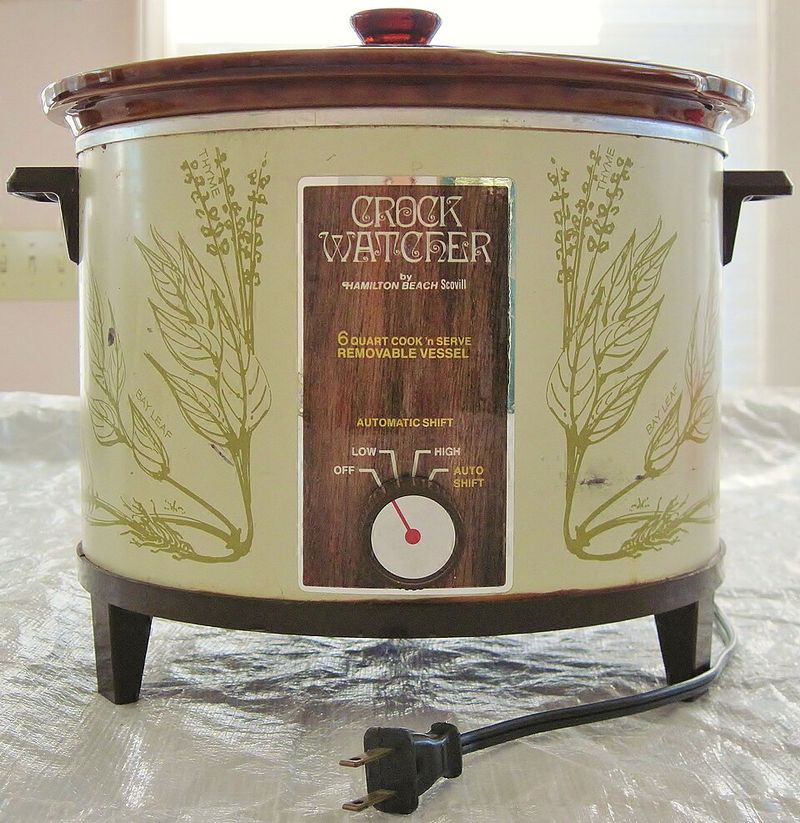
More isn’t always merrier when it comes to herbs and spices in slow-cooking. Hours of simmering intensify flavors dramatically, so what starts as a pleasant hint can become an overwhelming punch to your palate.
Start with less seasoning than traditional recipes call for, then taste and adjust at the end. You can always add more, but you can’t take it back once it’s overdone.
7. Not Cutting Ingredients Uniformly
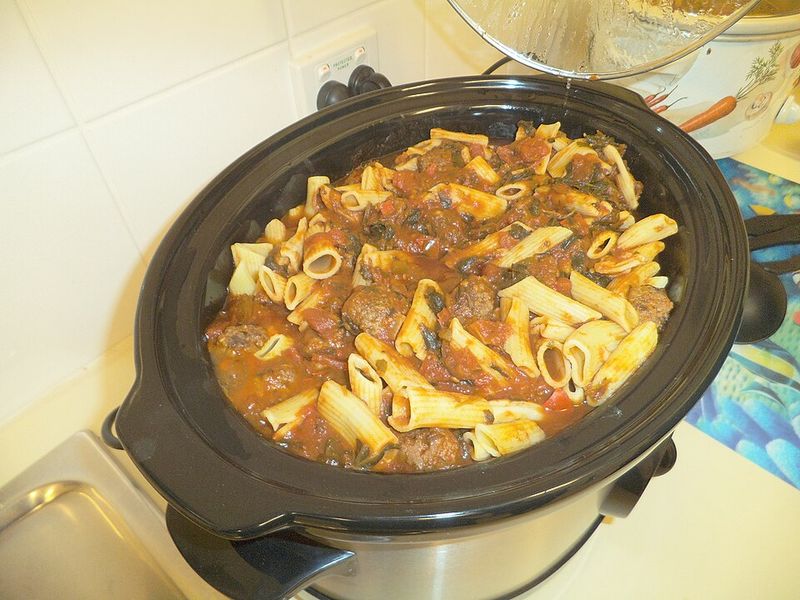
Playing fast and loose with your knife work leads to a meal where some pieces are mush while others crunch like raw vegetables. Uniform sizing ensures everything finishes cooking at the same time.
Cut root vegetables into similar-sized chunks, and slice proteins to consistent thickness. That extra minute of careful prep work makes the difference between amateur hour and culinary success in your final dish.
8. Overcooking Vegetables
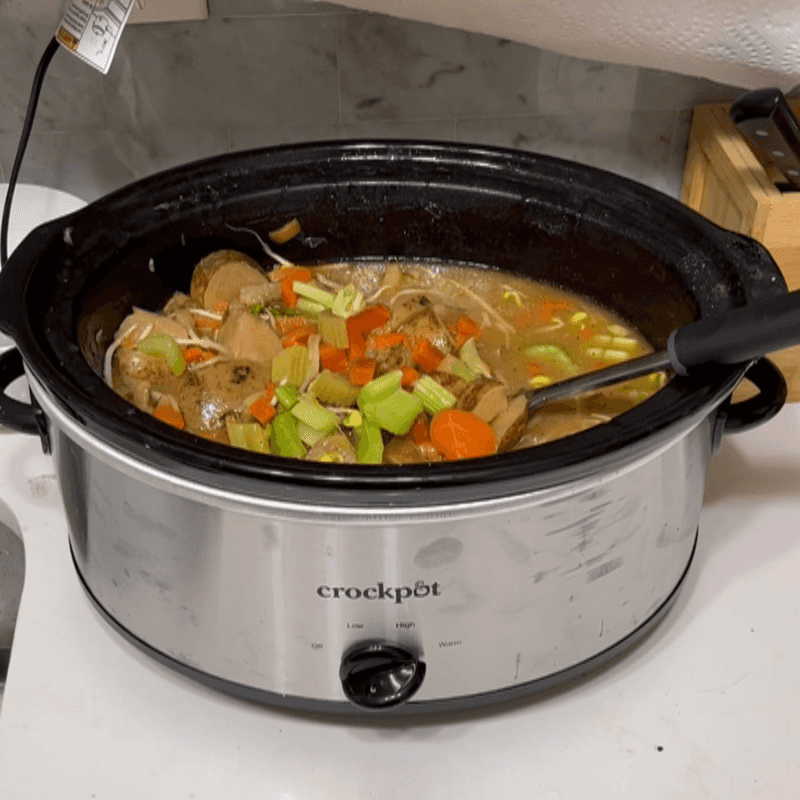
Vegetables turn to baby food when left in the slow-cooker for the entire cooking duration. Root vegetables like potatoes and carrots can handle longer times, but delicate options like zucchini and bell peppers need gentler treatment.
Add quick-cooking vegetables during the last hour to maintain their texture and color. Nobody wants their dinner to look like it went through a blender accidentally.
9. Ignoring The Slow-Cooker Size
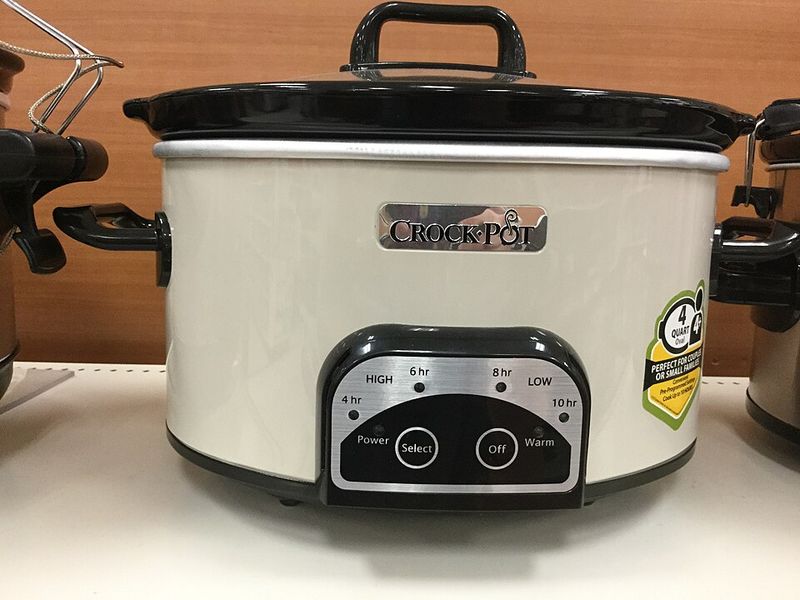
Size absolutely matters when it comes to your slow-cooker, and using the wrong one can spell disaster. A recipe designed for a six-quart cooker won’t work properly in a three-quart model, and vice versa.
Too small means overflow and uneven cooking, while too large leaves food dried out and burnt. Match your recipe portions to your cooker’s capacity for the results you’re actually hoping to achieve tonight.
10. Not Preheating The Cooker
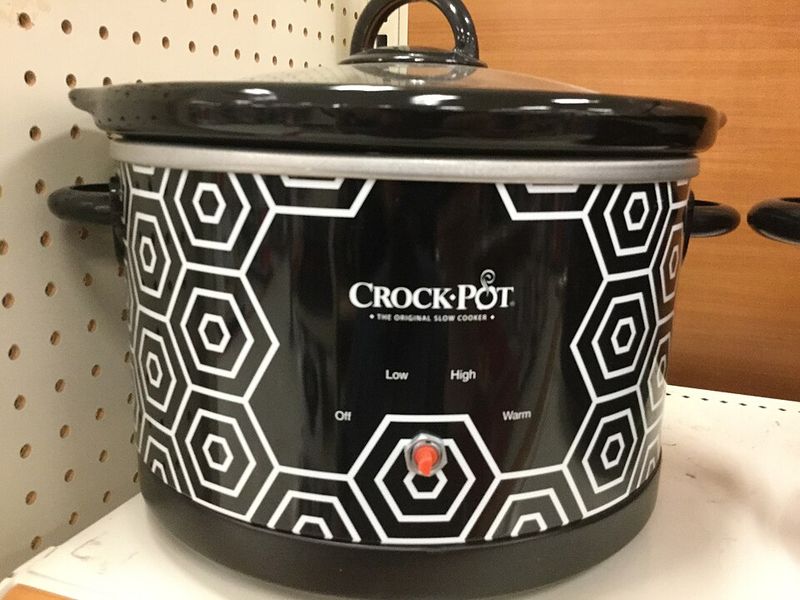
Shocking cold ingredients with a cold start extends your cooking time unnecessarily. While some people debate this step, preheating your slow-cooker for 10 to 15 minutes can help certain recipes, especially those with dairy or delicate proteins.
A warm start gets food into the safe temperature zone faster, reducing the risk of bacterial growth. It’s a small step that makes a real difference in food safety.
11. Using Frozen Meat Directly
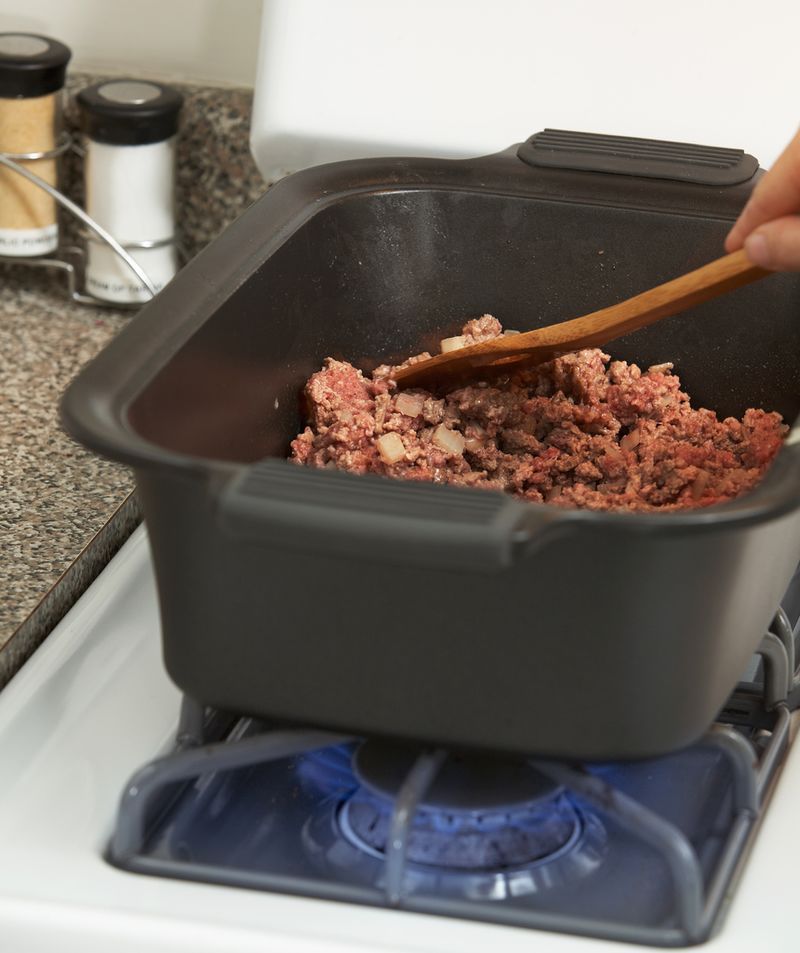
Tossing frozen meat straight into your slow-cooker might seem convenient, but it’s actually a food safety gamble you shouldn’t take. Frozen proteins take too long to reach safe temperatures, creating a danger zone where bacteria can multiply.
Always thaw meat completely in the refrigerator before slow-cooking. Plan ahead, and your patience will be rewarded with both safety and better texture in every bite.
12. Underestimating Cooking Time
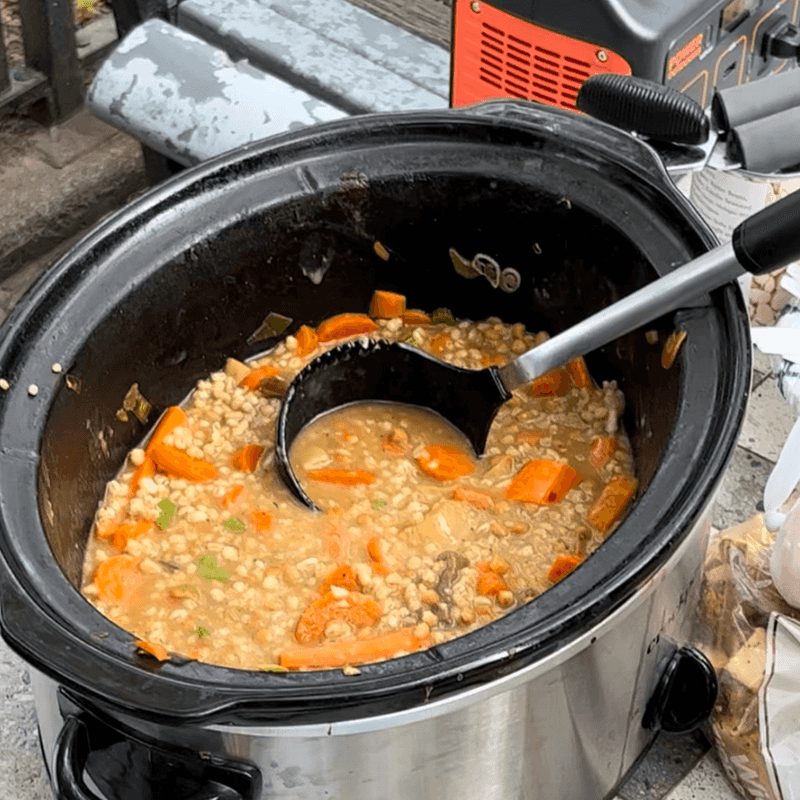
Rushing slow-cooking is like trying to sprint a marathon, it just doesn’t work. Some people switch to high heat thinking it’ll speed things up, but that often results in tough, chewy meat and undercooked vegetables.
Low and slow isn’t just a catchy phrase, it’s the secret to tender, fall-apart results. Give your meal the full time it needs, and you’ll understand why patience truly is a virtue.
13. Not Stirring When Needed
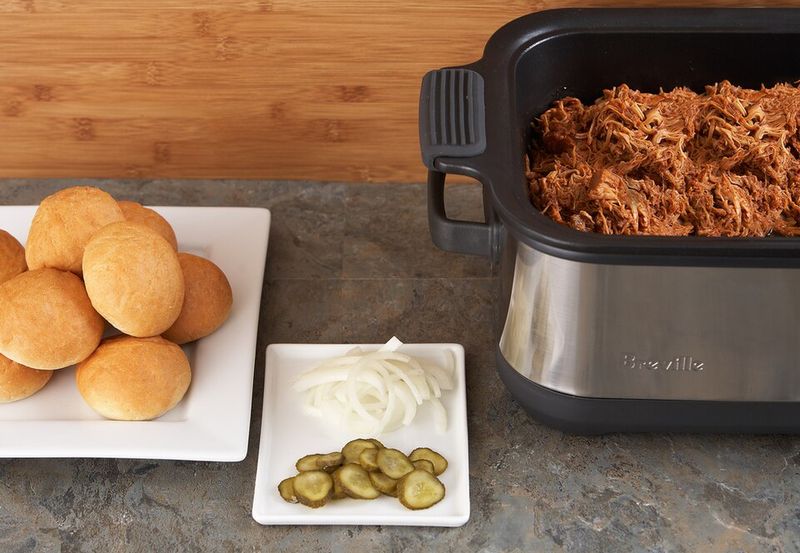
While slow-cookers are mostly hands-off, some recipes actually benefit from an occasional stir. Thick sauces, risottos, and certain casseroles can stick to the bottom or cook unevenly without a little intervention.
Check your recipe to see if stirring is recommended partway through. A quick mix redistributes heat and ingredients, preventing burnt spots and ensuring everything cooks evenly from top to bottom throughout.
14. Forgetting To Taste And Adjust Seasoning
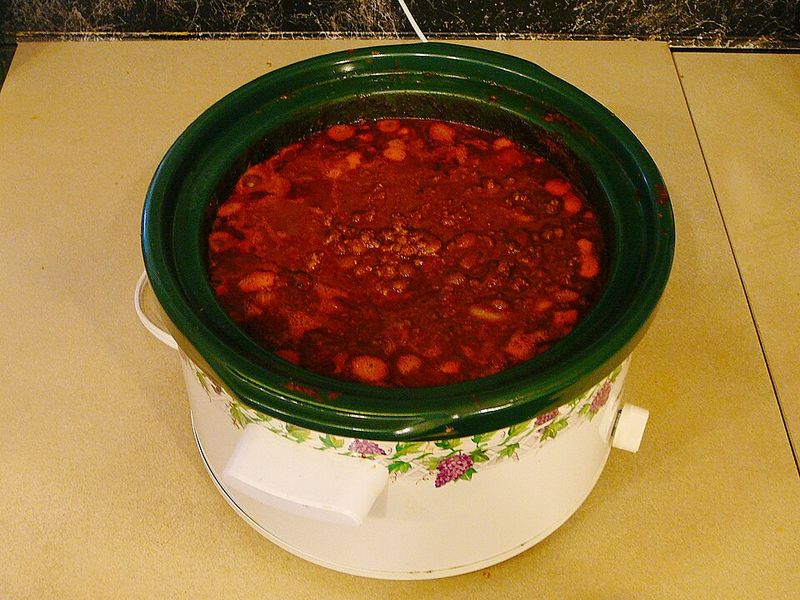
Walking away from your finished meal without tasting it first is like wrapping a present without checking what’s inside. Hours of cooking can mellow or intensify flavors in unexpected ways.
Always taste your dish before serving and adjust the seasoning as needed. A pinch of salt, squeeze of lemon, or dash of hot sauce can transform good food into absolutely amazing food that everyone will rave about.

